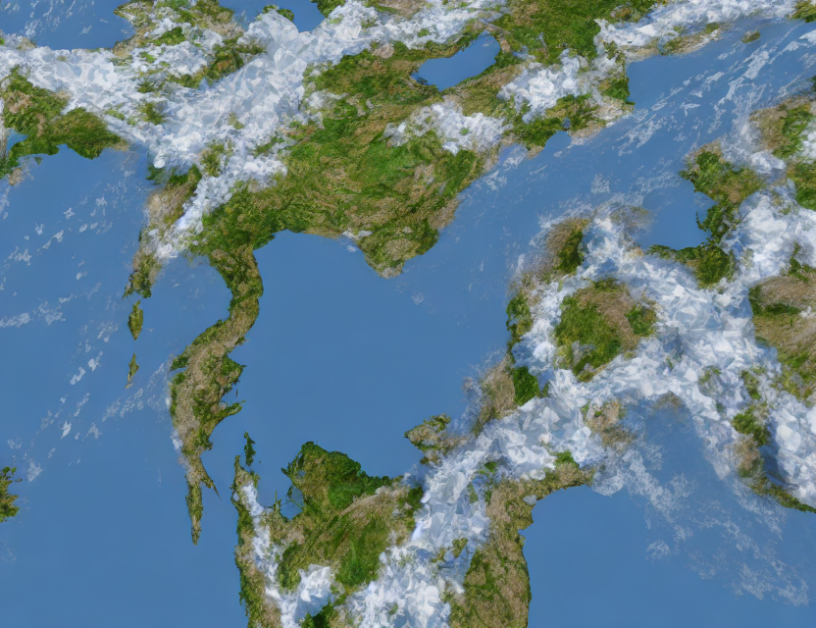In this chapter, we introduce our proposed approach for image restoration, which involves separating degradation removal and content reconstruction processes. We explain why it’s crucial to tackle these processes separately for different weather types, as each type can have unique effects on images.
To start with, previous methods overlook the need to separate degradation removal and content reconstruction for different weather conditions. They treat both processes as a single unit without realizing that different weather types require tailored approaches. By decoupling these processes, we can improve image restoration results significantly.
Our approach leverages the power of the Fourier transform to capture global information in images. We convert degradation removal features into the Fourier domain and average them along the channel dimension to obtain a single-channel feature. This process allows us to extract essential global content information that can be used for content reconstruction.
We then split the transformed feature into its real and imaginary parts and utilize them to capture conditional information for different weather types. In the degradation removal module, we rely on the amplitude of these features to generate distinct responses for each type of weather. Conversely, in the content reconstruction module, we leverage the global information captured by the Fourier transform to achieve global content reconstruction.
In summary, our proposed approach separates degradation removal and content reconstruction processes for different weather types, leveraging the power of the Fourier transform to capture essential global information. By decoupling these processes, we can improve image restoration results and ensure that each weather type receives the appropriate treatment.
Computer Science, Computer Vision and Pattern Recognition
Unified Weather-Informed Image Restoration Network for Different Adverse Weather Conditions



